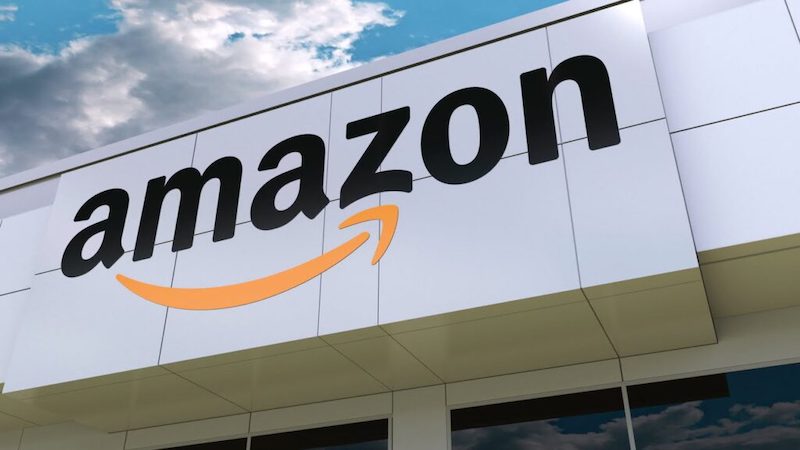We are on a special day. Because exactly one year ago, on November 30, 2022, OpenAI launched ChatGPT on the market, the conversational chatbot that democratized generative artificial intelligence. And which has generated and continues to generate so much enthusiasm (and just as many doubts) among experts and common users.
In the meantime, competitors have certainly not remained idle. And generative AI has developed in two directions, that of chatbots capable of communicating with human interlocutors, and that of software capable of producing images starting from text.
In this second area, Amazon presented Titan, its so-called text-to-image AI. Let’s find out what it is.

Amazon presents Titan
These are days of excitement for Amazon, which on Wednesday 29 November announced its conversational chatbot Q. And at the same time comes the launch of the image-generating AI, Titan.
Titan was presented, again on November 29, during the AWS re:Invent conference in Las Vegas, and now the AWS (Amazon Web Services, the cloud computing platform) website dedicates a page to it.
Amazon therefore presents Titan, a high-quality image generator. This is a tool, at least for now, reserved for programmers, who will have to access Amazon Bedrock in order to use it. And it is designed for a predominantly corporate audience.
The features of Amazon Titan
Swami Sivasubramanian, AWS vice president for databases, analytics and machine learning, while presenting Amazon Titan, specified that the model is capable not only of creating an image starting from a natural language prompt, but also of modifying backgrounds.
Vasi Philomin, vice president of generative AI at AWS, then spoke. Which he specified how all images created with Amazon Titan will contain invisible watermarks, so you can verify their provenance. This is the result of the agreements made last July with the White House.
And this is not a minor detail: in the near future of generative AI, great attention will have to be paid to the rules. Among these, the possibility of always knowing whether or not an image was produced by artificial intelligence must undoubtedly be included.
Philomin said: “We wanted a way to mark up an AI-created image made specifically with Titan Image Generator that didn’t interfere with the graphics, had no latency and couldn’t be cropped or compressed.”
Who it is meant for
On the AWS page dedicated to Amazon Titan we read that the software is aimed at companies in the advertising, e-commerce, media and entertainment sectors, and at any professional who wants to create realistic, professional-quality images in high volume and at low cost.
“The model simplifies iterating image concepts by generating multiple image options based on text descriptions. The model can understand complex instructions with multiple objects and generate relevant images. It is trained on high-quality, diverse data to create more accurate results, such as lifelike images with inclusive attributes and limited distortion.”
Furthermore, the model can be customized with proprietary data, to generate images consistent with a specific style and therefore, for example, suitable for a specific marketing campaign.
The other Titan models
Swami Sivasubramanian announced, in addition to the Amazon Titan image-to-text, other Titan models, also briefly illustrated on a page in Italian.
It’s about Titan Text Lite, a smaller model used for lighter text generation tasks such as writing advertising copy, and Text Express, designed for conversational chat apps.
Amazon will extend copyright relief to customers who use its Titan models, and provide legal coverage to users of any AI applications created by the company.
I chip Trainium 2 e Graviton 4
At the AWS re:Invent in Las Vegas, Amazon didn’t just present Titan. But also i chip Trainium 2, capable of offering performance up to four times better than previous ones, and halving energy consumption. According to AWS, a configuration with 100,000 Trainium 2 chips will be able to train a large language model with 300 billion parameters in a few weeks, whereas previously it would have taken months.
Also introduce yourself chip Graviton 4with up to 30% better processing performance, 50% more power, and 75% more memory bandwidth than the previous generation, Graviton 3. Additionally, data processed by Graviton 4 is protected by encryption.















Leave a Reply
View Comments